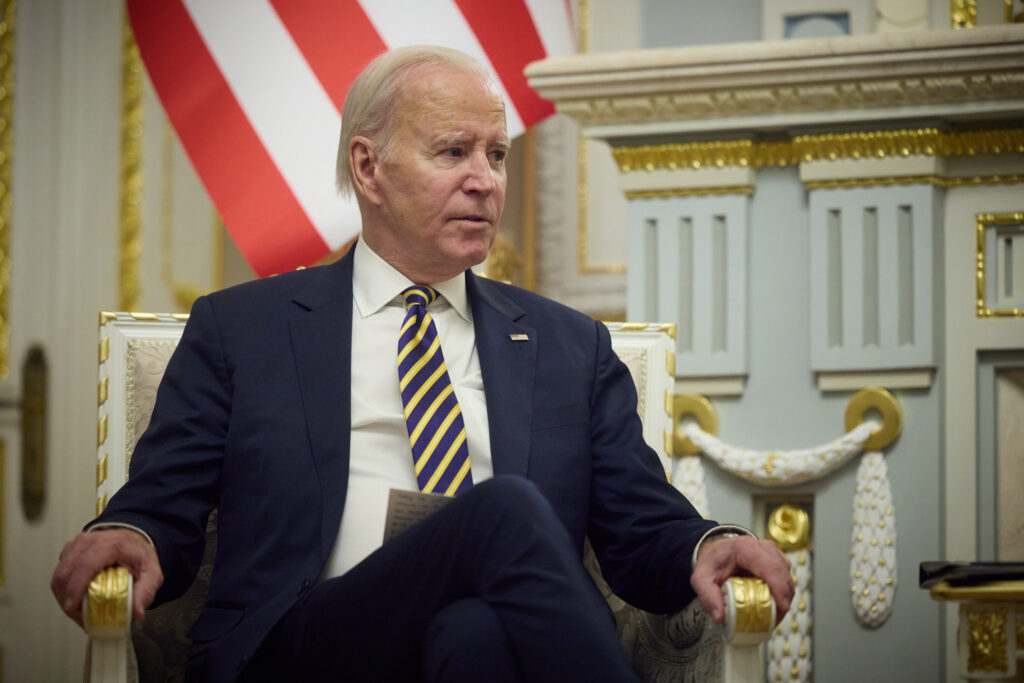
In the ever-evolving landscape of global technology, one of the critical players is the semiconductor industry. As nations navigate geopolitical complexities, the role of chipmakers becomes increasingly pivotal. In this article, we explore how major chipmakers are responding to the challenges posed by Joe Biden’s China agenda.
I. Introduction
The world of technology operates at the intersection of innovation and geopolitics. As Joe Biden’s administration takes steps to recalibrate relationships with China, the semiconductor industry finds itself at the center of this transformation. Understanding the nuances of these developments is crucial to grasp the future of technology.
II. Joe Biden’s China Agenda
A. Overview of Joe Biden’s Policies
President Joe Biden’s policies aim to reshape the United States’ relationship with China. From trade to technology, the administration has articulated a strategy to address concerns and create a more balanced landscape.
B. The Impact on the Technology Sector
Within the broader technology sector, the semiconductor industry is particularly affected. Trade restrictions and geopolitical tensions introduce complexities that demand strategic responses from major chipmakers.
C. Introduction of the Big Chipmakers’ Stance
Amid these challenges, major chipmakers are not merely passive players. Companies like Intel, AMD, and Qualcomm are taking a proactive approach, pushing back against potential adversities.
III. Challenges Faced by Chipmakers
A. Trade Restrictions and Tariffs
One of the significant hurdles faced by chipmakers is the imposition of trade restrictions and tariffs. The intricate web of international trade relationships directly influences the cost and accessibility of semiconductor components.
B. Supply Chain Disruptions
Global supply chain disruptions amplify the challenges. From manufacturing to distribution, the semiconductor industry’s intricate supply chain is vulnerable to disruptions that can reverberate across the tech landscape.
C. The Role of Geopolitics in the Semiconductor Industry
Geopolitical tensions add another layer of complexity. The semiconductor industry must navigate the delicate balance between serving global markets and adhering to national interests.
IV. The Response of Big Chipmakers
A. Increased Investment in Domestic Production
To counteract external pressures, major chipmakers are increasing their investments in domestic production. This move aims to enhance self-sufficiency and reduce dependence on foreign sources.
B. Collaborations and Alliances
In response to the challenges, chipmakers are forging collaborations and alliances. Shared research initiatives and joint ventures become strategic tools to navigate the evolving geopolitical landscape.
C. Innovation in Chip Manufacturing Technologies
Staying ahead in the tech race, chipmakers are investing in innovation. Advancements in chip manufacturing technologies not only boost competitiveness but also contribute to the resilience of the industry.
V. Consequences for the Global Tech Landscape
A. Shifts in Supply and Demand
As major chipmakers adapt to the changing landscape, shifts in the supply and demand of semiconductor components are inevitable. These changes will have cascading effects on various industries relying on these technologies.
B. Emerging Markets and Competitors
The recalibration of geopolitical relationships opens doors for emerging markets and new competitors in the semiconductor industry. The competitive dynamics are poised for transformation.
C. Consumer Implications
For consumers, the consequences are not confined to the boardrooms of chip manufacturers. Changes in the semiconductor industry can influence product availability, pricing, and the pace of technological advancements.
VI. Navigating the Regulatory Landscape
A. Advocacy Efforts by Chipmakers
Chipmakers are actively engaging in advocacy efforts. Through lobbying and participation in policy discussions, they seek to influence regulatory decisions that impact the industry.
B. Dialogues with Policymakers
Open dialogues with policymakers become essential. Bridging the gap between the tech industry and regulatory bodies is crucial for crafting policies that foster innovation while addressing national security concerns.
C. Balancing National Interests and Global Collaboration
Chipmakers face the intricate task of balancing national interests and global collaboration. Navigating regulatory landscapes requires a nuanced approach that acknowledges the interconnectedness of the global tech ecosystem.
VII. Future Outlook
A. Predictions for the Semiconductor Industry
Looking ahead, the semiconductor industry is poised for a transformative period. Predictions range from increased competition to breakthroughs in chip technology, shaping the future of electronics and computing.
B. Evolving Dynamics of Global Technology
The interplay between geopolitics and technology will continue to evolve. As chipmakers adapt to new realities, the global technology landscape will witness dynamic shifts that redefine industry norms.
VIII. Conclusion
In conclusion, the journey of big chipmakers amid Joe Biden’s China agenda underscores the inseparable link between politics and technology. As they navigate challenges and embrace opportunities, the semiconductor industry’s resilience becomes a testament to the adaptability of the tech ecosystem.



